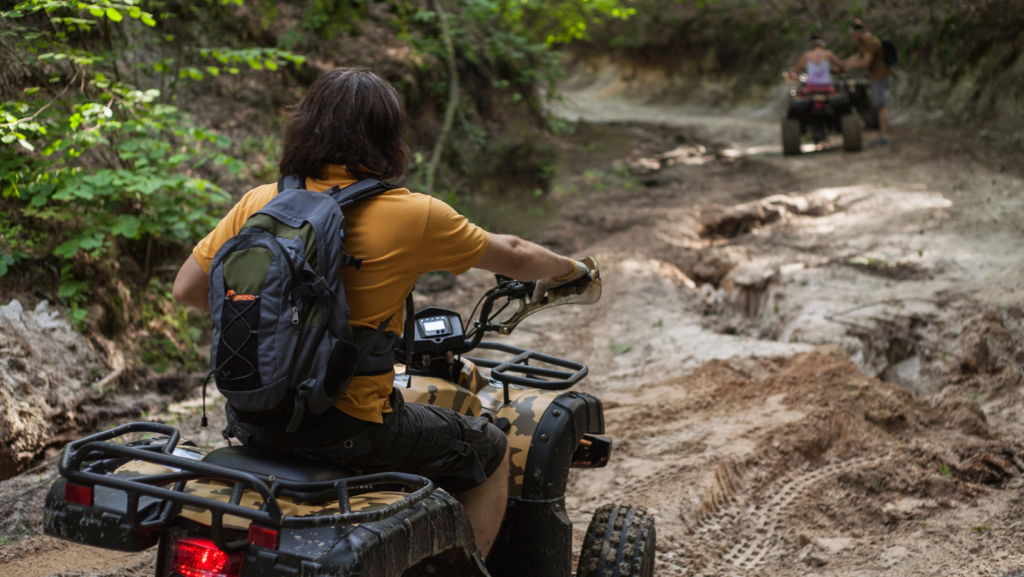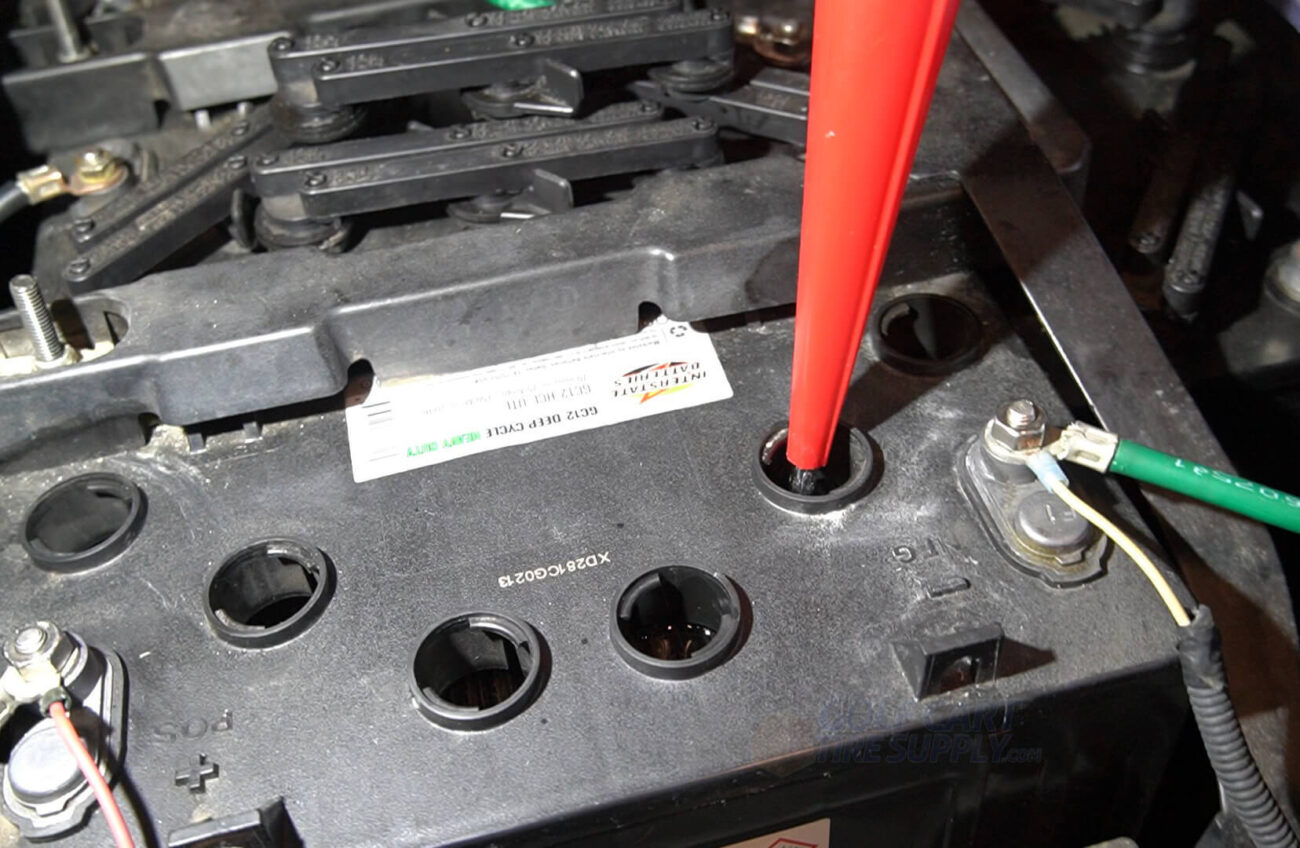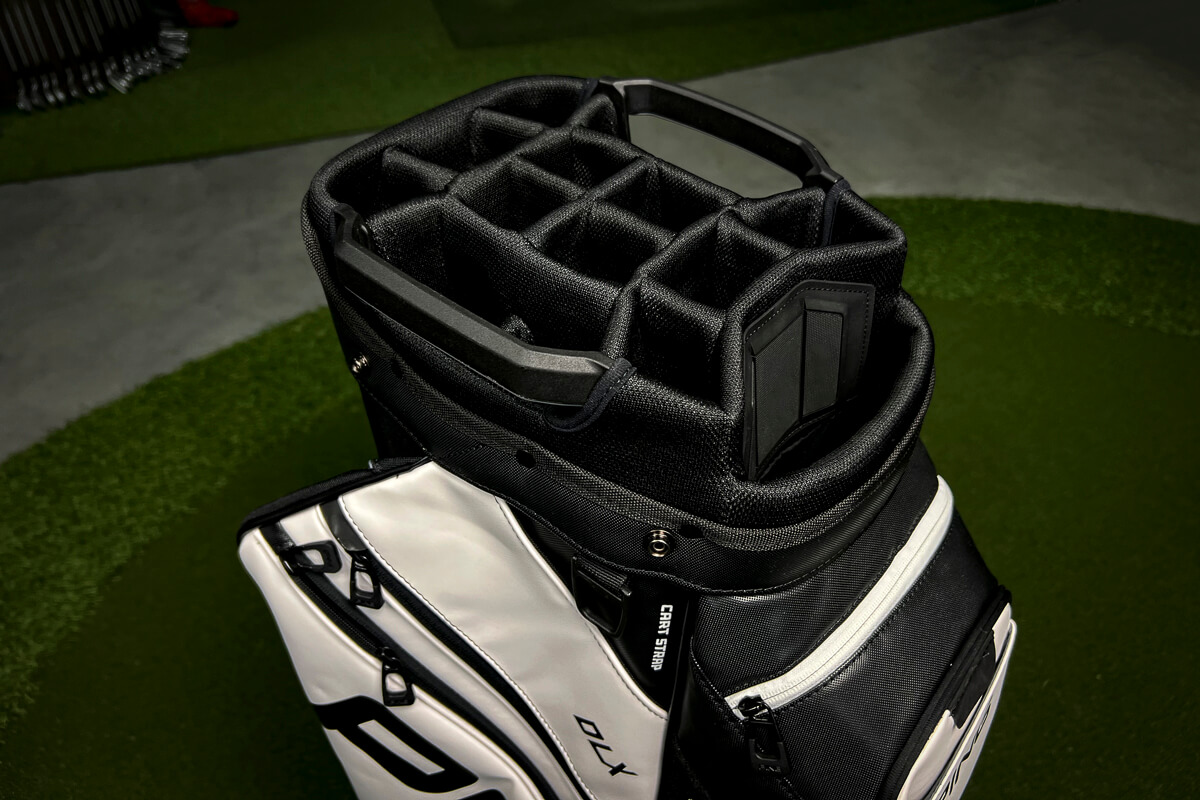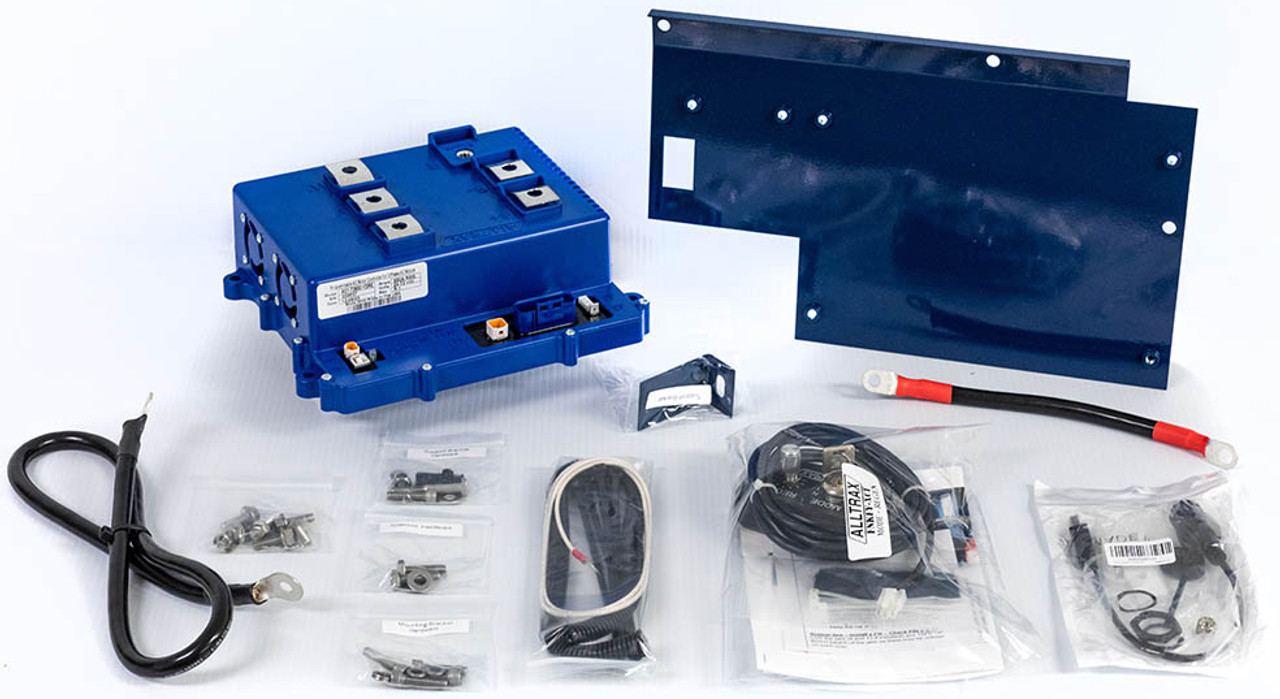
Does ATV Insurance Cover Water Damage Understanding Your Coverage
ATV and UTV owners often wonder if their insurance covers water damage, especially when their vehicles are exposed to flooding, rain, or water hazards while riding. The good news is that ATV/UTV insurance can indeed cover water damage, but it depends on the type of coverage you choose. In this article, we'll explore how water damage is covered by insurance, what liability water damage coverage entails, and how it can affect your rates.
Does ATV/UTV Insurance Cover Water Damage?
Yes, ATV/UTV insurance can cover water damage, but the extent of coverage depends on the type of insurance policy you have. There are two primary types of coverage that could protect your vehicle in case of water damage: comprehensive insurance and flood or water damage coverage.
Comprehensive Insurance is one of the most common types of coverage that protects your ATV/UTV from water damage. It includes coverage for accidental damage, theft, vandalism, and natural disasters, which may include water-related incidents like flooding or submersion in water. Comprehensive coverage protects your ATV from a range of environmental hazards, making it an ideal choice if you frequently ride in areas that may be prone to rain, snow, or floods.
Flood or Water Damage Insurance is a specific coverage that may be included in a comprehensive policy or purchased separately. This type of insurance is designed specifically to protect your ATV/UTV from water-related damage, such as flooding or submerging your vehicle in deep water. If you live in an area prone to floods or frequently cross streams, adding this type of coverage to your policy is highly recommended.
What is Liability Water Damage Coverage?
Liability water damage coverage refers to coverage that helps protect you if you're responsible for water damage to someone else’s property or vehicle while riding your ATV/UTV. For example, if you accidentally cause a flood that damages another person’s property, your liability coverage may help cover the costs of repairs or replacements. However, it's important to note that liability coverage does not protect your own ATV or UTV from water damage, but instead covers the damage you may cause to others.
This type of coverage is typically included in standard ATV insurance policies, but it’s important to review the specifics of your policy to understand what is included. Liability coverage is often required by law, but it’s essential to ensure that water damage is explicitly mentioned in your coverage terms if you plan to ride in areas that are prone to heavy rains or floods.
Does Water Damage Make Insurance Rates Go Up?
Water damage can indeed affect your ATV insurance rates, but the increase in premiums depends on several factors. The main consideration is whether the water damage was the result of an accident or negligence. For example, if your ATV was submerged in water due to a flood or severe weather, your comprehensive insurance should cover the damage without significantly raising your rates. However, if you’re found to be negligent—for example, riding through a river or swamp area where the vehicle is likely to get submerged—your rates may increase after the claim is processed.
Insurance companies assess risk based on your riding habits, the location where you ride, and the types of incidents you experience. If you frequently file claims related to water damage, the insurer may see you as a higher-risk customer, which could result in increased premiums. However, if the water damage was caused by an unforeseen incident like a storm or flood, your rates might not increase significantly, especially if you have comprehensive coverage.
How to Prevent Water Damage to Your ATV/UTV
While having insurance coverage is essential, taking preventive measures can help you avoid water damage to your ATV/UTV in the first place. Here are some tips to help protect your vehicle:
- Avoid Deep Water: One of the best ways to prevent water damage is to avoid riding through deep water. Even though some ATVs are designed for water crossings, driving in flooded areas can lead to engine damage, electrical problems, and corrosion.
- Use Water-Resistant Covers: If you're storing your ATV outdoors, using a waterproof cover can protect your vehicle from rain, snow, and other water-related elements that can cause rust or damage to the electronics.
- Check Water Levels Before Riding: Before you ride through any streams or water crossings, always check water levels. If the water is too high, it’s better to find an alternate route to avoid submerging your vehicle.
- Regular Maintenance: Regularly inspect your ATV for signs of water damage, such as rust or corrosion, especially if you've ridden in wet conditions. Maintaining your vehicle’s engine and electrical system can help prevent water damage from becoming a major issue.
How to File a Claim for Water Damage
If your ATV or UTV suffers water damage, it’s important to file a claim as soon as possible. Here’s how you can do that:
- Contact Your Insurance Provider: Reach out to your insurer to report the damage. Provide details of the incident, such as the cause of the water damage (flood, submersion, etc.), and any photos or documentation that show the extent of the damage.
- Document the Damage: Take clear photos of the water damage, including the vehicle's engine, suspension, and other critical components. This will help your insurance company assess the damage and determine the compensation amount.
- File the Claim: After providing the necessary documentation, file your claim with the insurance company. They will review your case and determine whether the damage is covered under your policy.
- Follow Up: Keep track of the claim’s progress and follow up with your insurance provider for updates. If there are any delays or additional requirements, make sure to address them promptly.
Conclusion
In conclusion, ATV/UTV insurance can cover water damage, but it’s important to understand the details of your coverage. Comprehensive and flood insurance can protect your vehicle from various water-related incidents, while liability water damage coverage helps protect you from responsibility if you cause water damage to someone else's property. To avoid potential rate increases, it’s important to ride safely and responsibly.





Add a review
Your email address will not be published. Required fields are marked *